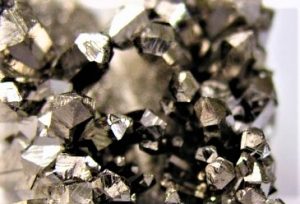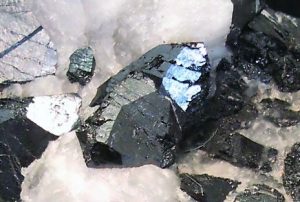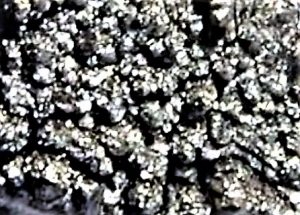Asparagine
The name of this amino acid comes from the Greek (ἀσπάραγος) and -īn (a) chem which means substance. Names such as asparagine and asparagine are also used to refer to it. Asparagine can be found in different places. It is a non-essential amino acid and is also known as Asn. Its name is due to the fact that its discovery was born from asparagus and comes from English, apsaragine, which is derived from asparagus. This is an amino acid that intervenes directly in the metabolic control of cells functions in brain and nervous tissues. Aspartic acid and ammonium are responsible for synthesizing asparagine.

- Symbol: Asn, N
- Formula: C4H8N2O3
- Family: Amino acid
What is asparagine?
It is an amino acid classified as non-essential, but very important for human body. It may also be known by its acronym Asn. It intervenes with metabolic control, proper function of nervous system and proper emotional balance. It can be found in different types of foods, plants, dairy products, oats, whole wheat, potatoes and seafood.
History of the asparagine
Asparagine was first discovered in 1806 from asparagus juice, in which it is found in abundant quantities, thus becoming the first amino acid that can be isolated. It was discovered by Pierre Robiquet, a French chemist.
Function of the asparagine
In terms of its main functions, we can mention that it is important to treat central nervous system disorders. Anxiety, distress, depression and insomnia can be treated and improved when this amino acid is ingested. It also helps to treat some behavioral and personality disorders. It has a positive influence on treatments related to metabolic disorders. Helps maintain proper brain function. It collaborates with the muscular system providing well-being before muscular disorders. It has been proven to act positively in Alzheimer’s disease. It acts together with vitamin B6, being the precursor of the neurotransmitter of gamma aminobutyric acid, whose function is to provide a sedative effect on the central nervous system. Finally, it helps to synthesize ammonium.
Structure
Asparagine has side chains capable of forming hydrogen bonds with peptic skeleton. It is common to find asparagine remains at the beginning and at the end of the alpha helix structure. This structure makes its main role to focus on the different hydrogen bond interactions. It also gives key locations for N-glycation, a modification of the protein chain with the addition of carbohydrate chains. Its chemical symbol is known as Asn, and its molecular formula is C4H8N2O3. Its density of 1000 kg/m3; 1 g/cm3, its molar mass of 132.12 g/mol and its melting point is 508 K (235 °C).
Foods containing asparagine
Asparagine can be found in different types of food that are available to us, also has been discovered the presence of this amino acid in some animals and plants. This amino acid has also been found in more specific animals such as shellfish, poultry and eggs, in dairy products such as milk and cheese, and its presence has been verified in smaller quantities also in beef. It has been discovered that plants are also an important source of asparagine, for this reason this acid is found in asparagus and some root vegetables such as potato and cassava. In nuts such as walnuts, peanuts and almonds we find asparagine, in oats and wheat catalogued as whole grains we can also find this important amino acid.
Importance
In the human body, asparagine is made through the liver. It is important because it helps the nervous system function properly. Although it is not considered an essential amino acid, it has a positive effect on the body. When the liver cannot produce the necessary amounts of the amino acid that the body needs, the nervous system is the first to be affected, when this happens some health problems can arise such as very strong and intense headaches, person’s irritability increases every day more without a justifiable cause, there is memory loss or a marked difficulty in remembering things, and even people with asparagine deficiency can fall into depression that may need treatment to improve it.
There may also be some metabolic problems and serious alterations in brain and nervous system functions. This amino acid is also important because it helps us maintain a proper emotional balance. Also, it plays a very important role in those who practice some form of physical exercise because it helps them to resist fatigue, have more energy and have a faster recovery.
How to cite this article?
Briceño V., Gabriela. (2019). Asparagine. Recovered on 24 February, 2024, de Euston96: https://www.euston96.com/en/asparagine/









